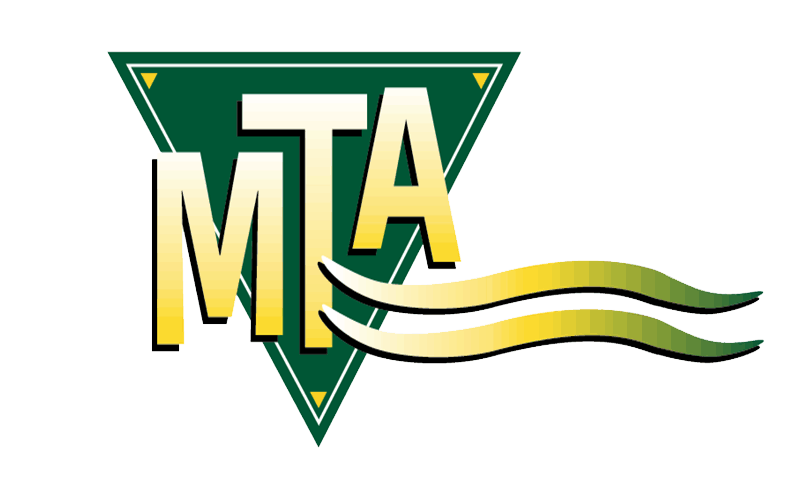Installation of Medical Gas Pipelines and Vacuum Systems in Healthcare Facilities
The installation of medical gas and vacuum systems in healthcare facilities must be performed by a qualified technician with a minimum of 4 years of documented experience in plumbing or mechanical piping. The technician must also be credentialed in accordance with ASSE 6010 Qualifications.
Credentialing shall include attending a 32-hour training course that includes piping installation knowledge, product knowledge, system component knowledge, documenting and recording, and terminology. Medical Gas Installers shall be able to identify and demonstrate knowledge of the applicable laws, codes, rules, and regulations from the local, state, and federal levels regarding medical gas systems.
Installers of medical gas and vacuum systems shall not use their credentials to oversee the installation of noncredentialed personnel. Qualified installers should maintain credential documentation on job sites where work is performed.
The 6010 Installer will work closely with the 6030 Verifier and the role more recently defined as the Responsible Facility Authority. Per the 2021 edition of the NFPA 99, this is the correct process for a renovation involving medical gas piping:
- The RFA issues a medical gas Permit-To-Work to the 6010 Installer and coordinates and maintains communication during all outages, tie-ins, hot work, etc.
- The 6010 Installer completes any required additions or changes to the piped medical gas system and begins the 24-hour standing pressure test.
- The RFA ensures that any in-wall piping is inspected and verified before it is concealed and the 24 hour standing pressure test.
- The RFA provides an affidavit documenting his findings to the 6030 Verifier, who then verifies all new or affected work and gives the completed documentation back to the RFA.
For any questions about this process or to fulfill any training needs your facility or company may require, please contact Medical Technology Associates.




